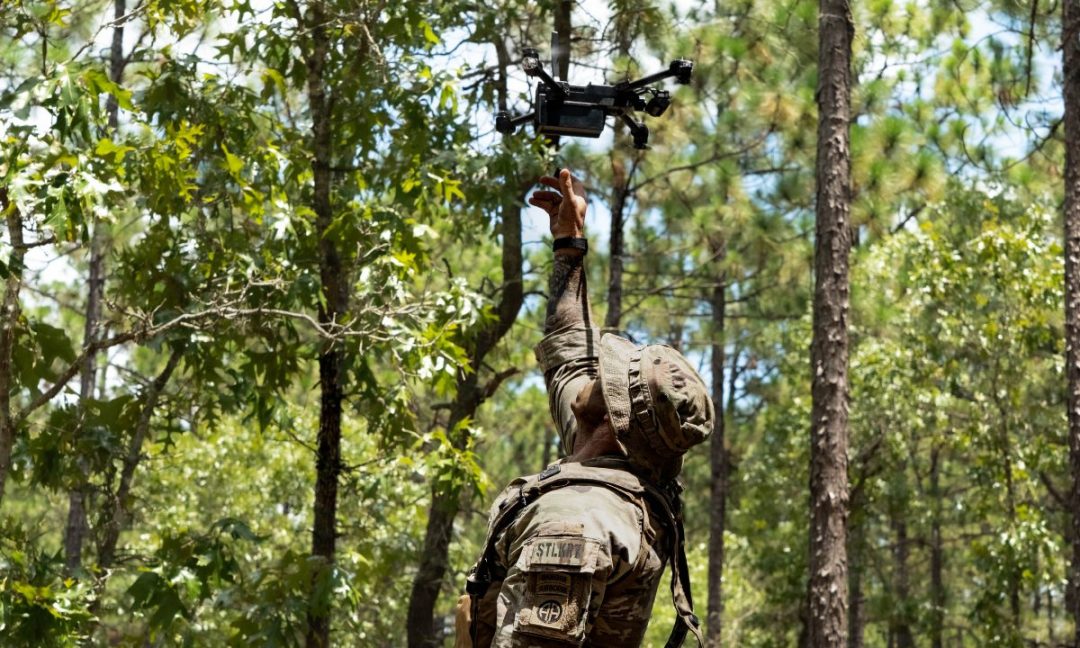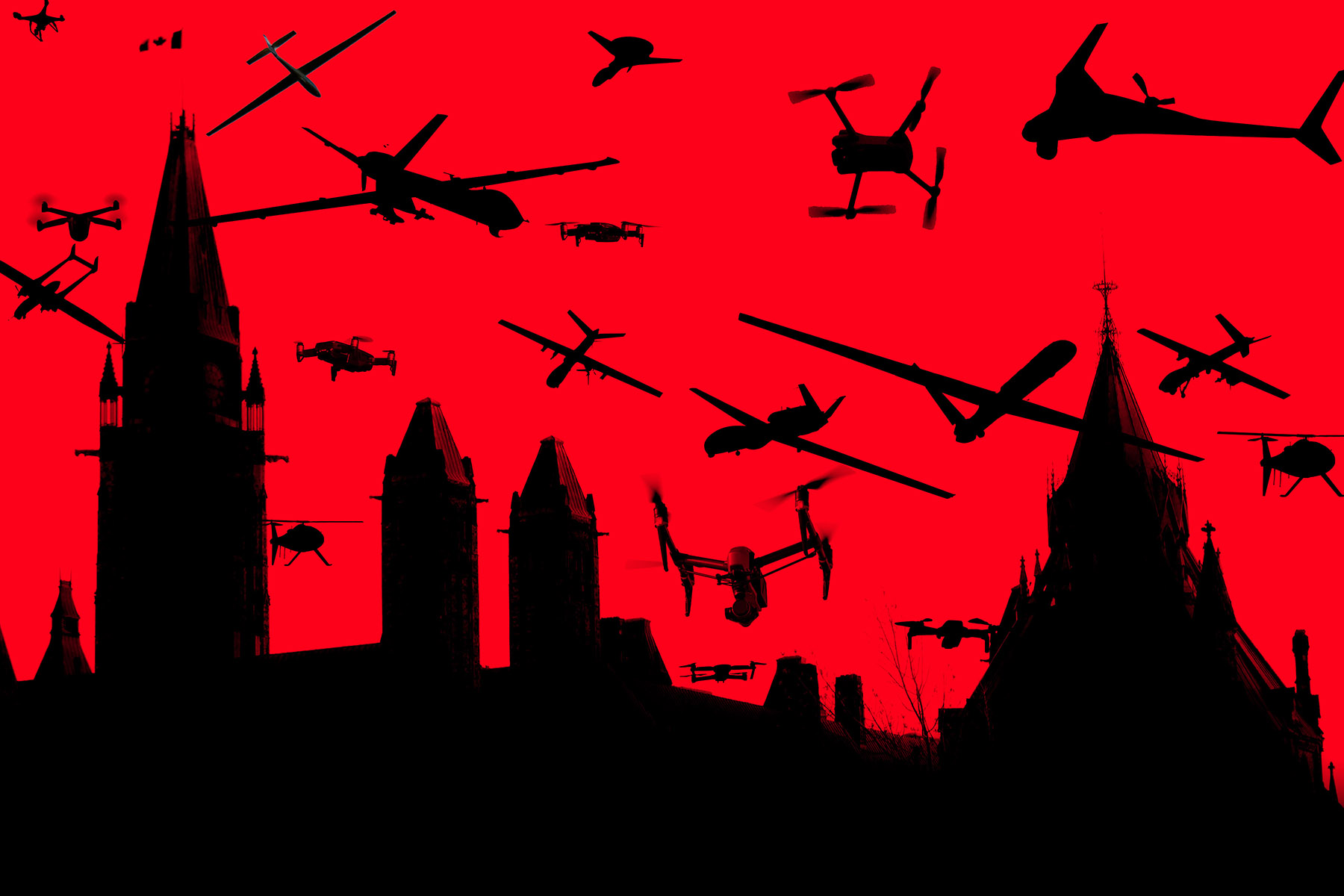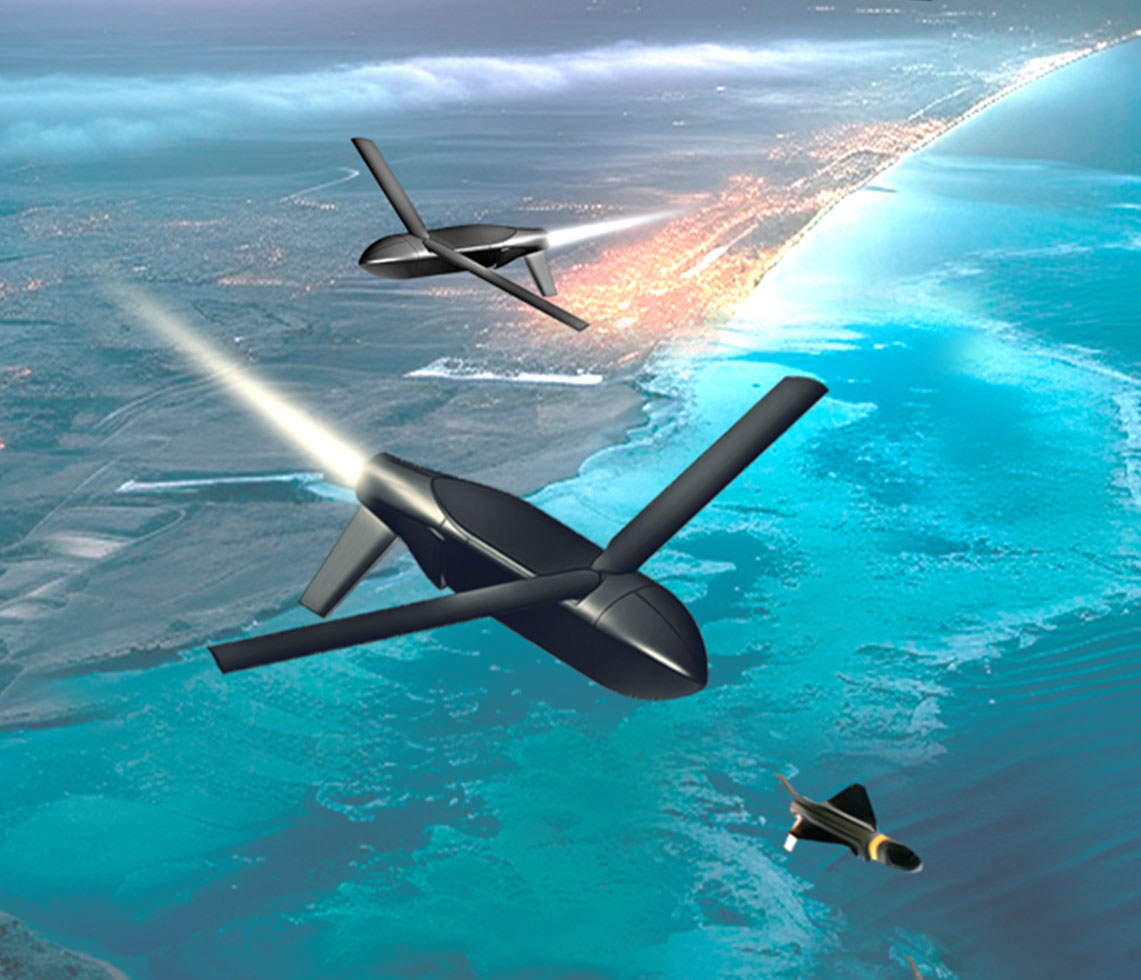"The MoD is asking industry for a “jet-turbine, high-subsonic, fixed-wing STOL (Short Take-Off and Landing) autonomous collaborative platform capable of launching and recovering to a
Queen Elizabeth-class carrier without catapults or arrestor wires”."
"The target is a technical demonstration at sea by the end of 2026, showing an “attritable Tier-2” aircraft with credible payload and endurance that can do intelligence-surveillance, strike and even air-to-air refuelling – a vital complement to the manned F-35B. In short, a competition has been launched to build a drone for the carrier, and one you can afford to lose. “Tier-1” means a one-shot system, like most of the drones used by the Russians,
the Houthis and the Iranians: Tier-2 is one that is quite capable of coming back from a mission but cheap enough that you don’t cry if you lose one, like many American unmanned systems. Tier-3 is a high-end job that you can’t afford to be losing very often."
"there haven’t been a lot of higher-end, jet powered drones built and when they are they are designed as Tier-1 disposable strike weapons (aka “cruise missiles”). "
So terminology evolves.
Tier 1 UAV - One way UAV like a cruise missile
Tier 2 UAV - Reusable round
Tier 3 UAV - Multi-Mission
.....
"the UK armed forces desperately need mass now after years of pursuing exquisite equipment"
"We now need the Government to create the environment in which Vanquish can happen fast, probably by helping our smaller companies thrive. This requires a cultural shift, particularly around our tolerance for risk. As well as being a useful weapon and/or sensor, Vanquish could be part of this shift.
It will have real utility too. As missile speeds and ranges increase, and submarines and their torpedoes improve, anything that can provide airborne surveillance beyond the reach of the
limited Crowsnest helicopter system is a good thing. Something that provides airborne intelligence for the 98 per cent of the time spent not fighting is also useful. The few F-35s we do have at sea are crippled by the lack of air-to-air refuelling, too. Vanquish, and whatever it spawns in due course, could do all these tasks. It could be ready to contribute to complex strike operations long before the F-35B will be, sadly.
The US Navy and others are not standing still. The US has its carrier-borne MQ-25 jet: the Top Guns, not keen to be put out of a job, have managed to limit it to being just a tanker for now but it has good Stealth and would be a useful contributor to strike, electronic warfare and intel-reconnaissance if it was allowed to be. Experience shows that if there is a dangerous mission to be carried out, the uncrewed option is always the first choice in real life, no matter how Maverick and Rooster may feel about that."
....
And this ex-RN surface commander can't resist stirring the pot a bit.
"The RAF may look at Vanquish and say that the short-takeoff requirement, necessary for operations from the carriers as they now stand, imposes unacceptable limitations on capability (much the same argument can be made against the F-35B). That may tempt the airmen to go instead for a long-runway variant: or they may yield to the very strong tendency of all air forces to suppress and limit unmanned aircraft as much as possible in favour of manned ones."
....
The author bemoans that the carrier can't carry its full complement of 36 F35Bs due to lack of aircraft available.
I wonder how many "Vanquish" aircraft could fit in the footprint of a single F35? Could they be parked sitting on their tails?
F35B
Length 15.6 m
Width 10.7 m
Height 4.36 m
Mass - Empty 14,729 kg
Valkyrie
Length 9.1 m
Width 8.2 m
Height NA
Mass - Empty 1,134 kg
Air Wolf
Length 3.3 m
Width 1.9 m
Height 0.6 m
Mass - Empty 59 kg

 mwi.westpoint.edu
mwi.westpoint.edu

 mwi.westpoint.edu
mwi.westpoint.edu













